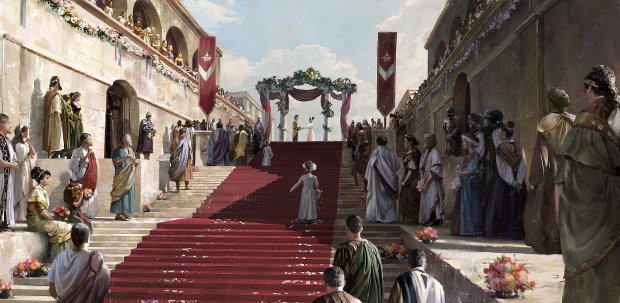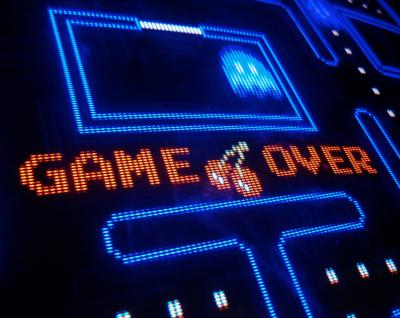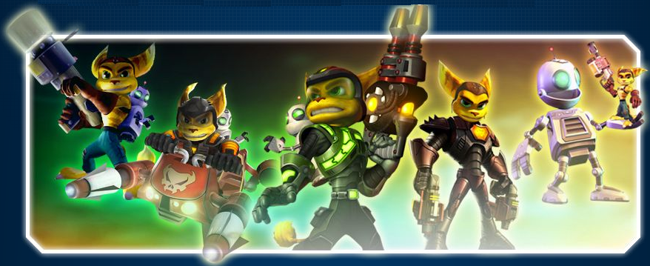Bubsy: Paws on Fire! was my first Bubsy game and I loved it and thought it set a new standard for rhythm platformers. After 100%ing it on Steam, I’m playing it again on Switch and it’s still great. And I guess Bubsy must have gotten into my head, because I decided I wanted MORE BUBSY and went ahead and tried the only other Bubsy game made more recently than the 1990s: Bubsy: The Woolies Strike Back. And… it’s decent!
I wasn’t expecting to like it. The game was not well received and got a metascore in the mid-40s on both PS4 and PC. But honestly, I don’t think the game got a fair shot. It was the first Bubsy game in over two decades and even the announcement that the series was getting revived was met with hostility. With expectations like these, the game would have had to be fantastic to overcome reviewers' predispositions to dislike it, and… it isn’t that. The core gameplay is solid and I enjoyed playing through the levels, but the menus and other connective tissue feel a bit unpolished (including bizarre omissions like not being able to see your current high score per level), the boss fights are tedious, and perhaps worst of all - the game is very short. I fully completed it in something like five hours (about one-third of the time it took me to do the same with Paws on Fire!).
To me, these flaws don’t destroy the game’s strengths and I think a fair rating would land in the “mixed” range rather than the “negative” one. But with the baggage carried by the Bubsy IP, this game was never going to get a “mixed” score. Either it would be good enough to smash preconceptions and rate “positive” or it wouldn’t and it’d be dismissed out of hand. A mediocre Bubsy game is not, in most people’s eyes, a sufficient reason to revive the franchise.
Or maybe I’m just biased because of how much I liked Paws on Fire!. Or both. Who knows.
Anyway, the people I feel sorry for are the long-time Bubsy fans who saw their beloved series was returning. They had to watch the internet mock the very idea of a new Bubsy game. Then when the resulting game was middling and quite short but had promise and could easily have had an excellent sequel, the fans had to watch the internet call it pure trash. Then when another Bubsy game followed, it turned out to be by a different developer in a different genre. The result might be a game that I love, but when I imagine one of my favorite dormant franchises getting this kind of treatment - oof.
So, I’m definitely keeping an eye on Bubsy. I’m quite interested to see what happens next here, and I really hope something does. And for the record, I would be excited to see a follow-up to Paws on Fire! but I would also be excited to see a follow-up to The Woolies Strike Back.
In the meantime - folks like me who enjoyed Woolies and aren’t sated after its short runtime are best advised to move on to its developer’s previous work: Giana Sisters: Twisted Dreams. The gameplay is actually quite similar. That might also have been a knock against the reviews for Woolies (some felt it showed the game was a rushed cash-in that reused most of an existing game design) but it’s definitely a bonus if you’re looking for more Woolies-like game to play.



